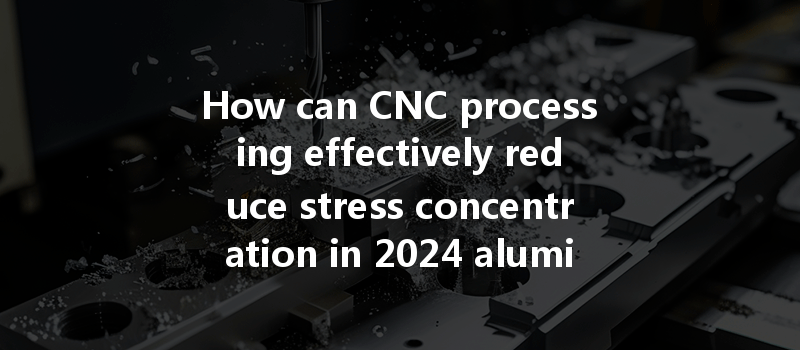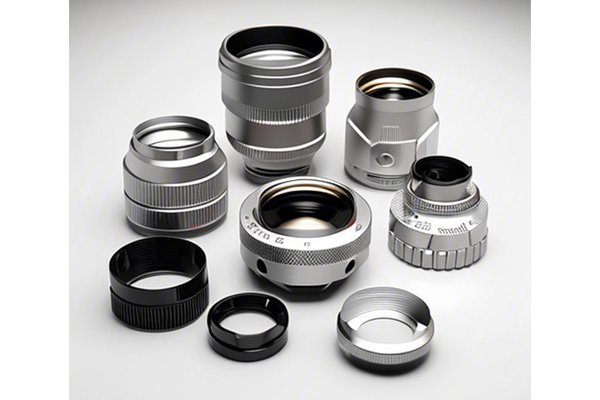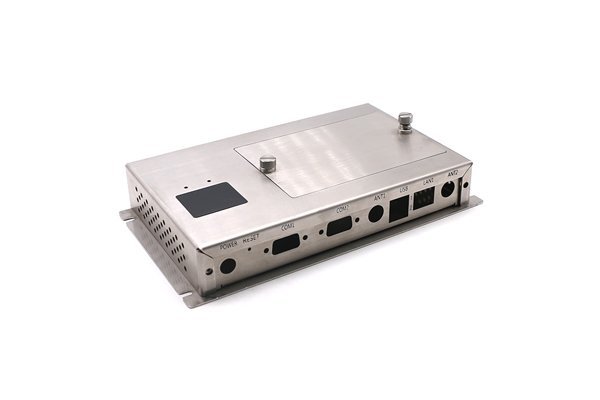*
Did you know that 70% of structural failures in engineering applications can be attributed to inadequate stress management? This alarming statistic underscores the importance of understanding stress concentration, especially in highly demanding fields such as aerospace, automotive, and construction. One of the most commonly used materials in these industries is 2024 aluminum, renowned for its high strength-to-weight ratio and excellent machinability. However, when subjected to the CNC (Computer Numerical Control) machining process, the elimination or reduction of residual stress and stress concentration becomes crucial to ensuring the performance and longevity of parts.
In this in-depth blog post, we will explore the intricacies of stress concentration in 2024 aluminum during CNC processing. We will delve into the root causes, effective techniques to mitigate stress, and best practices in CNC machining. Whether you’re an engineer, CNC machinist, or someone interested in materials science, this guide will help you gain valuable insights into enhancing part performance and minimizing failures.
—
Understanding Stress Concentration
What is Stress Concentration?
Stress concentration refers to the localization of stress in a material, often occurring at points of geometric discontinuity, such as holes, notches, or sharp corners. In the context of CNC machining, these stress concentrations can lead to unforeseen failures or fatigue over time. Particularly in aerospace applications, where 2024 aluminum is frequently used, finding ways to manage and mitigate these stresses is essential.
Why is Stress Concentration a Concern for 2024 Aluminum?
2024 aluminum, an alloy primarily composed of copper, is known for its high strength and good fatigue resistance. However, it is also susceptible to stress concentration effects. When parts are machined, any irregularities or abrupt changes in geometry can lead to increased localized stresses that, if not properly managed, might lead to cracks or structural failure.
Factors Contributing to Stress Concentration in CNC Processing
One of the primary factors contributing to stress concentration is the design of the machined part. Features such as sharp corners, poorly designed fillets, or abrupt changes in cross-section can significantly amplify stress concentrations.
The choice of machining technique can also influence the presence of stress concentrations. Techniques that produce higher cutting forces or vibrations during the machining process can exacerbate stress accumulation.
The inherent properties of 2024 aluminum itself can impact how stress is distributed. Variations in alloy composition, heat treatment, and surface conditions can each affect a material’s resistance to stress concentrations.
Techniques to Reduce Stress Concentration in 2024 Aluminum Parts
Now that we understand what contributes to stress concentrations, let’s delve into effective techniques that can be implemented during the CNC machining process to minimize these risks.
Rounded Edges and Fillets
Incorporating rounded edges and fillets into the design minimizes abrupt geometric changes, thus redistributing stress concentrations more evenly throughout the part. Utilizing computer-aided design (CAD) software to simulate stress distribution can help identify high-stress areas before machining.
Roughness Control
Opting for smoother surface finishes minimizes stress risers that arise due to rough edges. A consistent surface finish can be achieved through various machining techniques, including finish machining passes that reduce the initial roughness introduced during the initial cuts.
Optimizing Cutting Conditions
Adjusting cutting speed, feed rate, and depth of cut are essential. Higher feed rates might lead to increased cutting forces, creating localized stresses. Conducting a careful analysis of cutting conditions can yield optimal results that minimize the risk of stress concentration.
Tool Selection
Using appropriate tools designed for the specific material can have a significant impact. Carbide tools, for instance, tend to produce smoother finishes compared to high-speed steel. Additionally, consider adopting cutting tools with specific geometries designed to decrease cutting forces.

Controlled Cooling Techniques
Utilizing proper cooling techniques, such as flood coolant or mist systems, can help manage heat generation during machining. Excessive heat can alter material properties and exacerbate stress concentrations, so controlling the temperature is essential.
Stress Relieving Heat Treatments
Post-machining heat treatments can be employed to relieve residual stresses that may have accrued during processing. Stress relieving can be performed through techniques such as annealing, which allows the material to relax under controlled temperatures.
Non-Destructive Testing (NDT)
Integrating NDT methods can help identify hidden stress concentrations within machined parts. Techniques like ultrasonic testing and X-ray inspection allow for the detection of potential defects before parts reach end-users.
Real-time Monitoring Systems
Adopting CNC machines equipped with real-time monitoring systems can provide feedback on machining conditions. By tracking parameters such as vibration and temperature, corrective measures can be taken before excessive stress concentrations develop.
Best Practices for CNC Processing of 2024 Aluminum
Before machining, use Finite Element Analysis (FEA) software to simulate stress distribution across the part. This allows for design adjustments that minimize stress concentrations.
Conduct tests on prototype parts to evaluate the stress distribution and machining characteristics before full-scale production.
Establish open channels of communication between design engineers and machinists. Discuss potential stress-related issues early in the design phase to collaboratively address and mitigate them.
Foster a culture of continuous improvement by analyzing machining failures and understanding root causes. Implement corrective measures to evolve the CNC processes accordingly.
Regular training sessions for machinists on the effects of machining parameters can lead to better decision-making during the CNC machining process.
Efficiently managing stress concentrations in 2024 aluminum parts during CNC machining is crucial to enhancing performance and ensuring the reliability of these components in high-stakes applications. By leveraging design modifications, optimizing machining parameters, and employing effective quality control practices, it is possible to significantly reduce instances of stress concentration.
Understanding these fundamental techniques is not just about avoiding failures; it’s about promoting a culture of safety and efficiency in engineering practices. The principles outlined in this blog serve as a foundational guide for anyone involved in machining or materials engineering, offering a roadmap to enhancing part integrity and performance.
As technology progresses, it becomes imperative to remain informed about developments in CNC machining processes, tooling, and materials science. Continually adapting to best practices not only improves outcomes but can also pave the way for innovations that drive the industry forward. By considering how to better manage stress concentrations, we take vital steps toward creating safer, more efficient, and more reliable engineering solutions.
Embrace the importance of these practices in your engineering endeavors, as they could be the difference between success and failure in your next project, making thoughtful consideration of stress concentration a priority in the CNC machining world.






